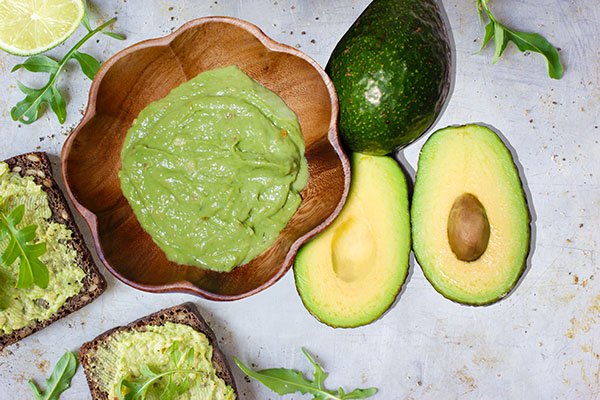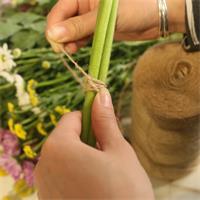Avocados are often misinterpreted as a vegetable for their savouriness, their lack of sweetness and their application to savoury dishes. Their green outer peel with light green flesh and a large seed in the centre, however, stirs confusion amongst consumers. Their physical appearance makes one to wonder why avocados, originated from Mexico, are in fact a fruit?
The anatomical make up of an avocado aligns to the botanical criteria of a berry, which is a type of fruit produced from an ovary of a single flower. The outer layer of the berry’s ovary wall transforms into the edible, fleshy portion of the fruit.
As a large berry with a single seed, avocados are grown and matured on avocado evergreen trees in a two-year cycle. They come in various shapes and are harvested at different times of the year depending on the variety. When they are matured and picked, they generally ripe within four to seven days at room temperature.
Avocado Varieties
Hass and Fuerte are the two most common varieties available in the market. The former is oval-shaped with pebbly, deep green skin, while the latter is pear-shaped with smooth, lighter green skin. Despite the differences in appearance between the two varieties, both offer a rich and creamy mouthfeel with a hint of nutty flavour.
A Versatile Fruit
Avocado is one of the most versatile foods in the food repertoire. It can be eaten as a whole fruit or used as an ingredient in a wide array of dishes. From guacamoles to dips, from salad toppers to sandwich spreads, from dressings to marinades, and from smoothies to soups, the possibilities are endless.
A Nutrient Powerhouse
Avocados are best known for their high monounsaturated fat content, an essential nutrient for promoting a healthy heart. With about 30 grams of total fat per avocado (201 grams), the healthy fats do not only promote satiety, they also help with absorbing fat-soluble vitamins (vitamins A, D, E and K) when eaten together.
Other vital nutrients found are dietary fibre, folic acid, vitamins E and K, but majority of people are unaware of the presence of lutein and zeaxanthin. Research suggests these two phytonutrients may play a role in reducing the risk of cataracts and macular degeneration.
With 322 calories for every avocado, it is a calorie-dense food and is best to eat only a portion of the fruit rather than whole in one sitting since the calories add up quickly.
Buying Tips
Avocados are best to consume when they are ripe. To check for ripeness, gently squeeze the fruit with the palm of your hand. Ripe, ready to eat avocados are firm yet slightly soft to touch when gentle pressure is applied.
If avocados are not consumed within a day or two of purchase, choose the hard and unripe fruit and let it ripe at room temperature.
Storage Tips
Once the fruit is cut, browning appears on the flesh due to oxidation. While slightly browned flesh is not aesthetically appealing, it is still edible. Browning can be reduced or prevented with a drizzle of lemon or lime juice onto the fruit and place it in an air-tight container, or wrap it in plastic wrap and place it in the fridge. The cut fruit is best used within two to three days.
This is a Hong Kong GGB original 'Avocados – What You Need to Know' blogpost.












 Share
Share Tweet
Tweet +1
+1  Pin it
Pin it Post
Post  Weibo
Weibo Review
Review

















 Diwali Gifts
Diwali Gifts 
 ▶
▶